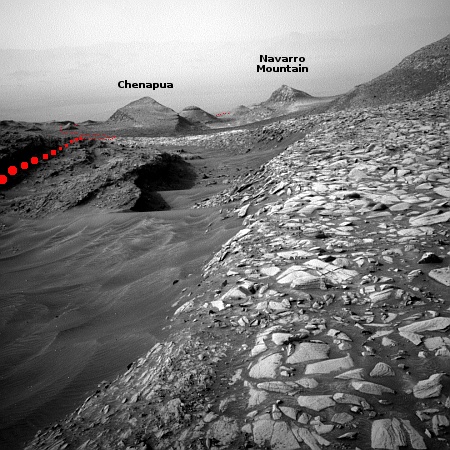Australian spaceport on sourthern coast prepares for launch
According to a report today, the first suborbital launch from a new commercial spaceport on the sourthern coast of Australia is now expected by the end of April or early May.
New launch facilities at the Koonibba Test Range, South Australia’s first permanent spaceport, are almost complete ahead of the impending inaugural launch. Located northwest of Ceduna, the range is a partnership between Southern Launch and the Koonibba Community Aboriginal Corporation. It is the largest commercial testing range in the Southern Hemisphere.
Space Industries Minister Susan Close is today visiting the site ahead of the sub-orbital test launch of German manufacturer HyImpulse’s SR75 rocket, which, subject to final regulatory approval, will go ahead at the end of April or early May. The rocket will reach an altitude of 50 kilometres before parachuting back to Earth where it will be recovered for testing.
Southern Launch, marked on the map to the right, is on south coast of Australia. Two other Australian commercial spaceports also under development are noted on the northern and eastern coasts.
We shall see if this suborbital launch occurs as planned. Recently the evidence has suggested that Australia’s regulatory state is as bad as the United Kingdom, taking forever to issue licenses for private launches.
According to a report today, the first suborbital launch from a new commercial spaceport on the sourthern coast of Australia is now expected by the end of April or early May.
New launch facilities at the Koonibba Test Range, South Australia’s first permanent spaceport, are almost complete ahead of the impending inaugural launch. Located northwest of Ceduna, the range is a partnership between Southern Launch and the Koonibba Community Aboriginal Corporation. It is the largest commercial testing range in the Southern Hemisphere.
Space Industries Minister Susan Close is today visiting the site ahead of the sub-orbital test launch of German manufacturer HyImpulse’s SR75 rocket, which, subject to final regulatory approval, will go ahead at the end of April or early May. The rocket will reach an altitude of 50 kilometres before parachuting back to Earth where it will be recovered for testing.
Southern Launch, marked on the map to the right, is on south coast of Australia. Two other Australian commercial spaceports also under development are noted on the northern and eastern coasts.
We shall see if this suborbital launch occurs as planned. Recently the evidence has suggested that Australia’s regulatory state is as bad as the United Kingdom, taking forever to issue licenses for private launches.











